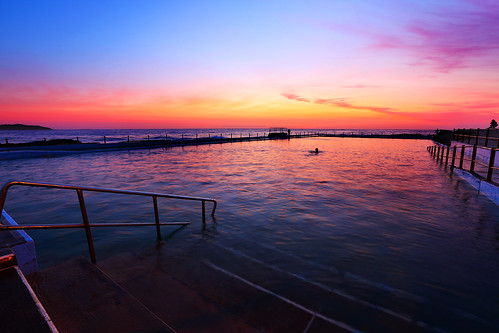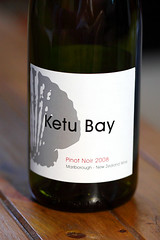A friend of mine recently completed a project he’d been working on for almost as long as I’ve known him. It started as a short film, for which I helped film some of the initial scenes back in, I think, 2006. The idea was pretty much fleshed out at that stage, and just needed filming and editing to put together.
Aside: Filming, by the way, is hard, hot, tiring work. A 30 second scene on film can take hours of work, interspersed by long periods of boredom while various things go wrong or need to be adjusted. And the work itself is repetitive – you don’t just act the scene or control the special effects once, oh no… you have to do it dozens of times until everyone gets it right at the same time. If you think actors have an easy and glamorous job, when it gets right down to what they actually have to do, think again.
Anyway, the project stalled. It was only with the imminent release of a song by this friend’s friend’s band that the film suddenly became highly relevant, as it happened to match the subject matter of the song nicely, and would make a great music video for it. So with a deadline of March this year, I and a bunch of other friends were drafted into more filming. Hard work, but fun when it was all over. For us anyway, because my friend then had to spend long hours at the editing program to cut things into shape.
The result is great: We All Wanna Drive Our Cars. As I said, don’t be fooled. This 3 and a half minutes of video took nearly 5 years, about 20 days of filming involving half a dozen or more people each time, and I hate to think how many hours of editing to put together. It’s a lot of work.
At one point my friend called this project “the biggest millstone around my neck”. The question is, now that it’s finished, now what?
This touches on the core of creative endeavour. Everyone (I believe) has a great creative work inside them, waiting to be released. Some people never get to it, through lack of time, or self-belief. But some people do, and the feeling of creating something worthwhile is wonderful. But then you have to face the question of what to do next. You’ve already shown that you can successfully make something. Just doing the same again seems like much less of an achievement. To justify going to all that trouble again, you want to make something better.
You’ve released a killer album. What are you going to do for a follow-up? Will it be a disappointment? If you go down that road, you might give up and not even start your second project.
But that’s the wrong way to think about it. You’ve shown you can achieve something once. That may feel like a huge step over what you’ve done before. But your second project will be just as big a step, even if it’s not as successful. You don’t need to make a double-platinum album to follow up a platinum album. You just need to make another album. And then another, and another.
Because why are you creating this stuff? Unless you’re literally a rock star, it’s not to be successful and make money. It’s for the joy of creation and of making something that you can share with others. There’s no onus on you* to make your second work bigger and better than your first. In the end, you got fun and satisfaction out of your first project, right? That’s what you want out of your subsequent projects. It doesn’t matter if nothing you do ever measures up to the dizzying heights of your first achievement. The measure of your success in creating is how much work you put in and the sum total of your creative output, not the height of the biggest single pinnacle.
(* If U2 or James Cameron are reading this, drop me an e-mail. Yeah, I didn’t think so.)
After Edmund Hillary climbed Everest, did he stop climbing other mountains? Did he stop caring about mountains and the people who live near them? Did he not go on to found charities and perform humanitarian work? In his own words (and I swear I found this quote after I decided to refer to Hillary in this paragraph):
Why make a fuss over something that’s done anyway? I was never one to obsess about the past. Too much to do in the future!





